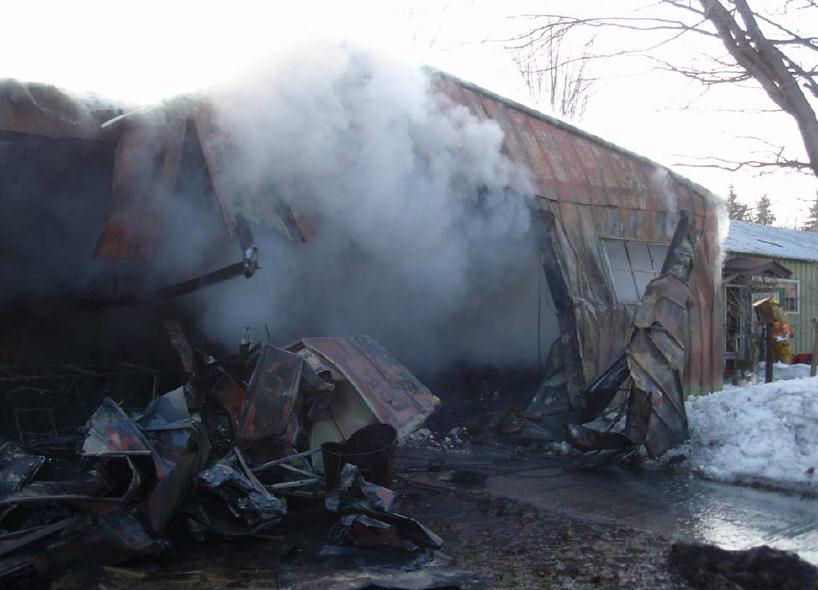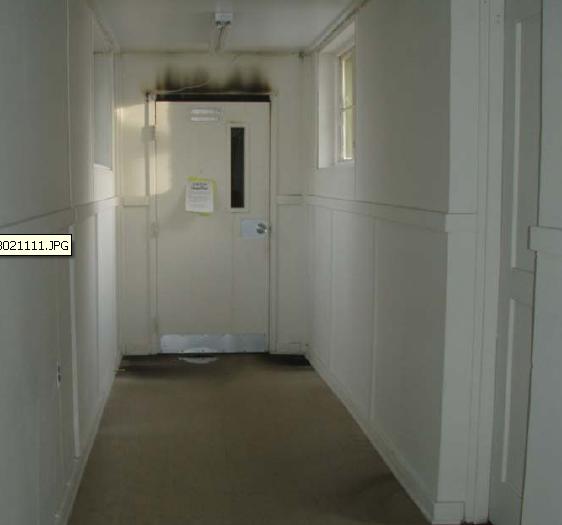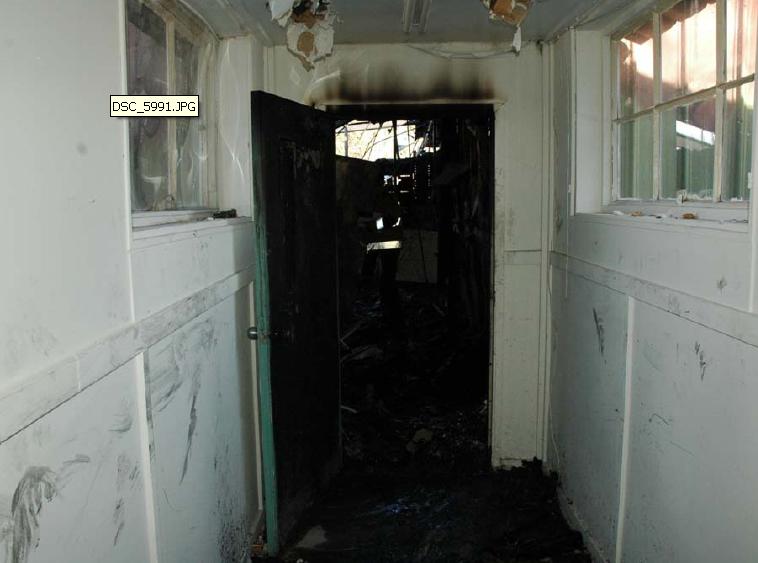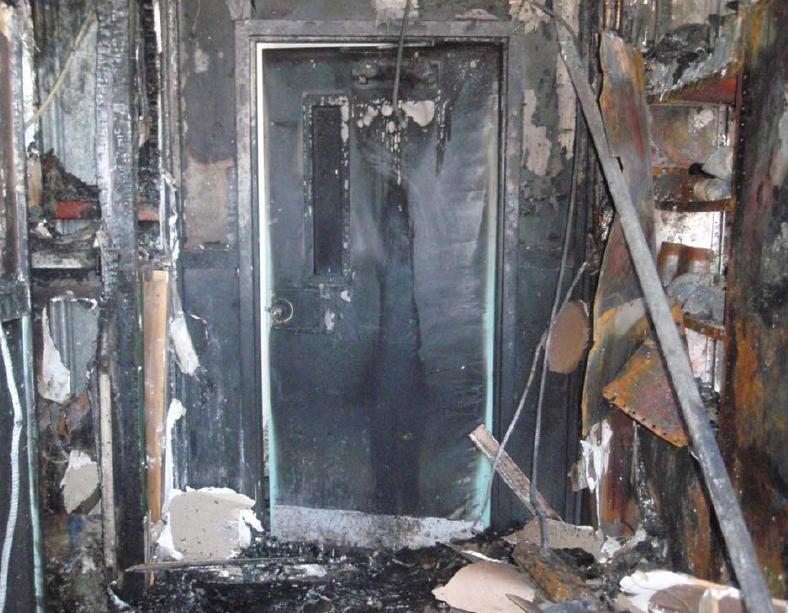Once you understand the purpose of a fire door assembly, it’s easy to see why a fire door needs to be closed and latched when there is a fire. An open fire door can not provide the protection it was designed and tested for…it’s like having a gaping hole in your roof and expecting it to protect you from the rain.
Fire doors are a vital part of a building’s passive fire protection system. When properly installed and maintained, they will help to compartmentalize a building to protect occupants and property from the spread of smoke, flames, and toxic gases, and aid in providing a safe means of egress during a fire. However, something as minor as the installation of a fail-safe electric strike rather than a fail-secure model can render the fire door assembly ineffective, potentially endangering the lives of the building’s occupants.
Conducting regular inspections and making the necessary repairs can mitigate the risk and liability of having fire doors that may not function properly in an emergency. NFPA 80 requires fire door assemblies to be inspected annually, and recent editions of the standard (beginning with the 2013 edition) also require inspections after installation and after maintenance work. Although these inspection requirements are not yet being enforced in all jurisdictions, it is the responsibility of the building owner to keep the fire door assemblies code compliant.
There are countless articles and posts on iDigHardware about fire door assemblies – some that were not code compliant and resulted in fatalities, some that were closed and latched and did their job when a fire broke out. These photos show a code-compliant fire door that protected a nature center when a fire occurred in the maintenance area (Photos courtesy of Fire Protection Specialist Christopher Taylor, NYS Office of Fire Prevention and Control):





Here’s a short video from a fire in a television news studio, where the closed and latched fire door made all the difference.
If you have the time, watch this video analysis of a fire at 30 Dowling Circle which resulted in the death of Firefighter Mark Falkenhan. This news video shows the benefit that even a closed (non-fire-rated) residential door can provide during a fire. There are additional fire door photos and videos on these posts:
- Apartment Building
- Newcastle University (and another set of photos)
- Stair and Corridor Photos
- Comic Book Store
After reviewing these materials, proceed to the review questions below.
~~~
Review Questions
1. What is the purpose of a fire door assembly?
- To compartmentalize the building
- To deter the spread of smoke, flames, and toxic gases
- To protect the means of egress
- All of the above
2. If the fire door inspection requirements are not being enforced in a jurisdiction, which of the following is true?
- Repairing fire doors can wait until the inspections are enforced.
- Building owners are responsible for keeping the fire door assemblies in code-compliant condition.
- There is no liability for the building owner because NFPA 80 is not being enforced.
- The fire marshal must perform the fire door inspection in accordance with NFPA 80.
3. Fire door assemblies are part of a building’s _______________ fire protection system.
- Active
- Reactive
- Passive
- Automatic
Answers: 1 – D, 2 – B, 3 – C
